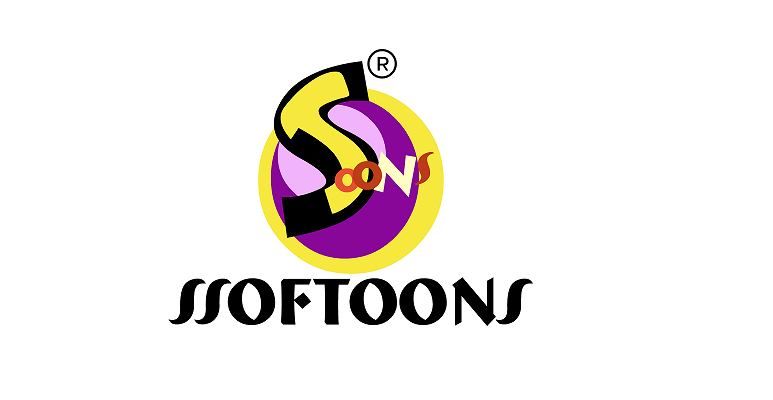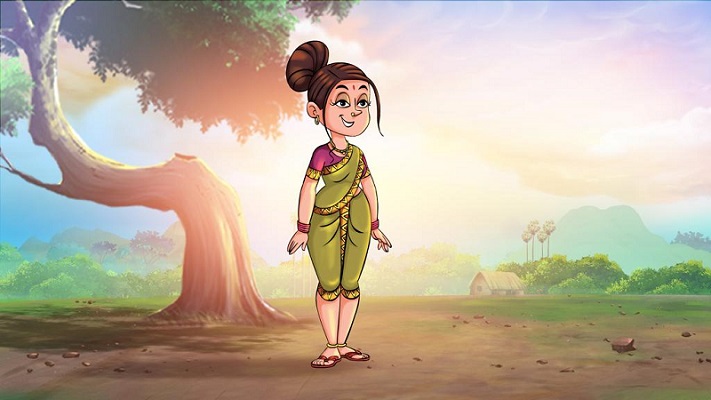
Two generations of India have grown up watching 2D cartoons – Tom & Jerry, Popeye, Pokémon, Beyblade, Looney Tunes, which were all childhood staples. The animation industry, however, is now heavily investing in 3D animation to create more realistic characters. Does this mean 2D animation is slowly losing its significance? In reality, the future of 2D animation still appears bright and VR (virtual reality) has a major role to play in this. VR technology is set to open new possibilities for the 2D animation industry.
2D animation has several limitations when compared to 3D as the characters are flat with no scope for depth and detailing. However, when combined with extended reality technologies, 2D animation can overcome such limitations effortlessly. Let’s understand how VR can shape the 2D animation industry in the near future.
- VR leads to enhanced spatial understanding
Virtual Reality is a key tool empowering animators to enhance the spatial understanding while developing 2D characters. While 2D has been traditionally perceived as a go-to technique to create relatively simple animations, the use of virtual reality can transform 2D animation into something more interesting. Virtual reality provides immersive environments for animators to create complex imagery. Characters can be created with better precision as animators can take into account various factors such as lighting and staging with the aid of a virtual environment. Virtual reality helps make 2D animation more powerful and impactful.
- Reduced production cost with better impact
Since 2D technology isn’t capable of producing the desired outcome, animators are forced to rely on 3D animation. But using 3D characters all the time is definitely an expensive affair. Budget limitations often come in the way of producing quality content for animators. VR can help address this gap to a significant extent. Animators can place 2D characters in a 3D environment to produce the desired effect. This can bring down the production cost without compromising on the quality of the output. Rather than creating a full-fledged 3D animated content, one can use 2D characters to achieve a similar output.
However, there are certain challenges that need to be overcome before 2D characters can be used in a VR environment. 2D characters lack the depth and detailing found in 3D characters. 3D-like shading or stereoscopic images should be used to enhance 2D characters so they blend well with the virtual environment.
- Immersive experience for viewers
2D characters with VR are an excellent alternative to classic 3D characters. From a user point of view, 2D characters combined with VR elements present a much enhanced viewing experience compared to plain 2D animation. The trick lies in managing the interaction of 2D characters with the 3D environment. Once that’s achieved, viewers can enjoy and relate with 2D animated content more easily than before. Bill boarding, parallax scrolling and 2D interpolation are key techniques capable of merging 2D characters into a 3D environment. These techniques can take 2D animation to a whole new level.
- Faster execution
2D animated content can be delivered faster compared to full-fledged 3D animated content. 2D animation is considered a better option in the world of Augmented Reality by clients that need the finished product in a short span of time. Plus, the current mobile technology isn’t advanced enough to support large 3D files. Combining 2D animation with AR and VR elements enables animators to go beyond the limitations and have better control of the narrative.
2D animation is set to evolve and transform in the coming years, thanks to 360 degree videos and VR and AR technologies. Animators are constantly exploring creative ways to produce 2D animated content that is more powerful than traditional 2D films. Cost and execution time are two major factors influencing the animation technique and 2D animation is clearly the first choice for animators with tight budgets and deadlines. While the recent shift towards 3D animation has raised questions about the future of 2D, VR technology has proved that 2D animation is here to stay. There are challenges to overcome in the 2D realm but given the massive technological developments, 2D animation is expected to undergo some major transformations.
(The article has been contributed by Ssoftoons COO Hansa Mondal and AnimationXpress does not necessarily subscribe to these views)



